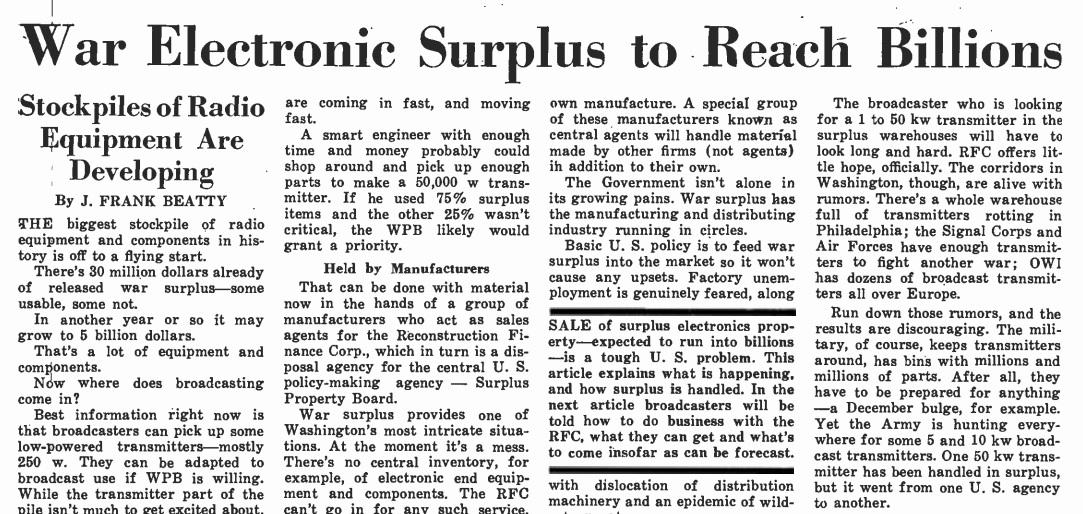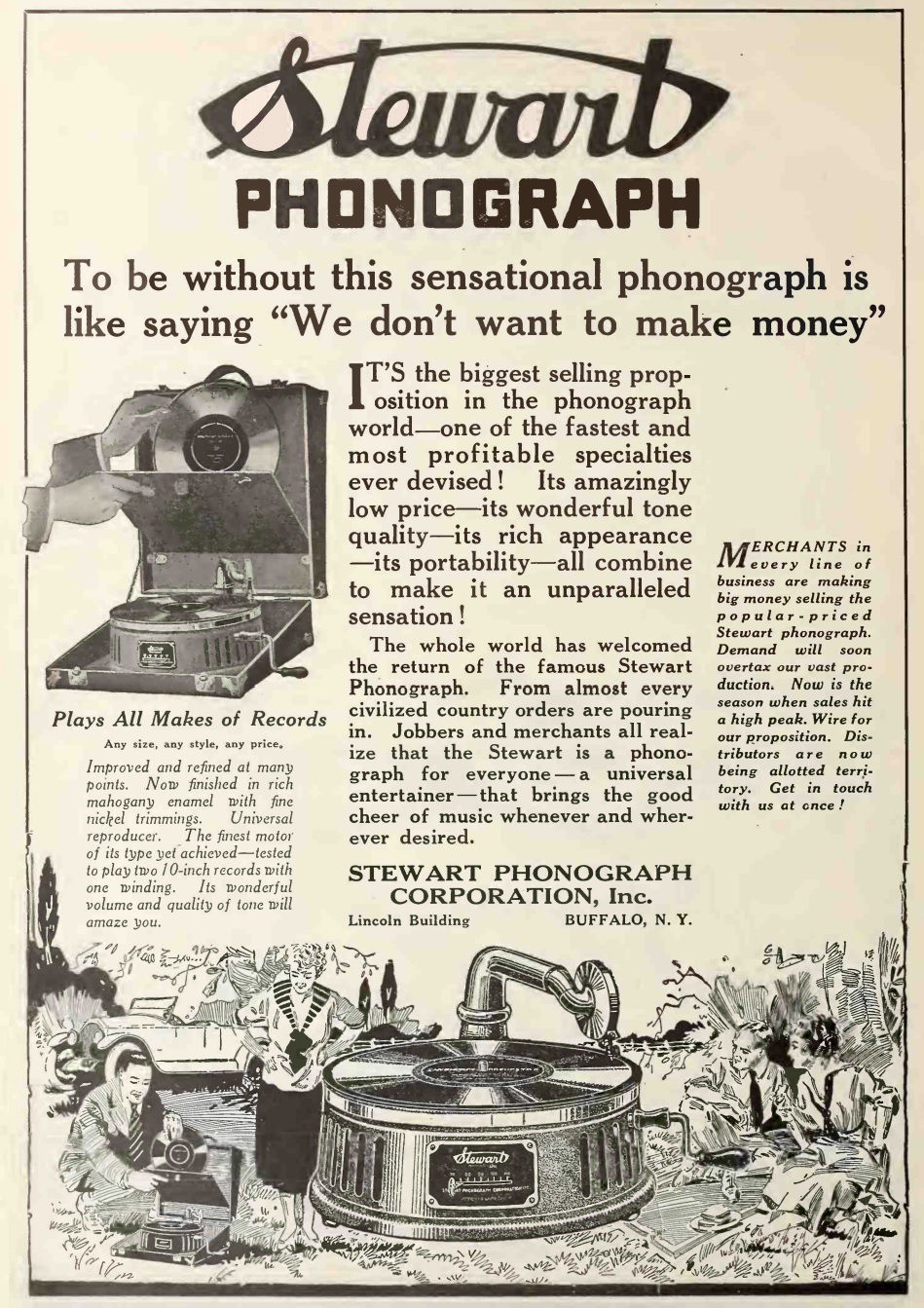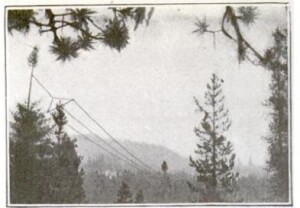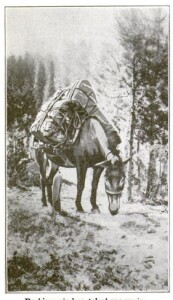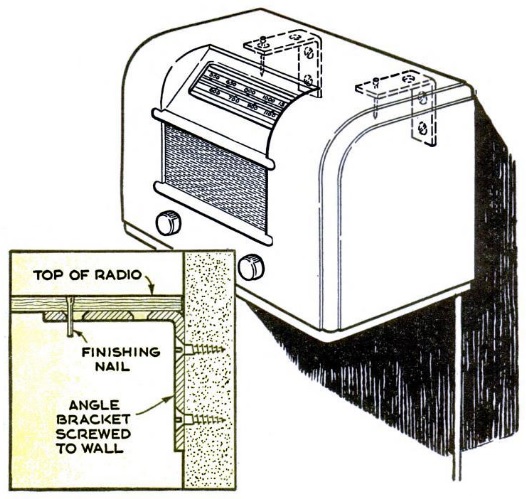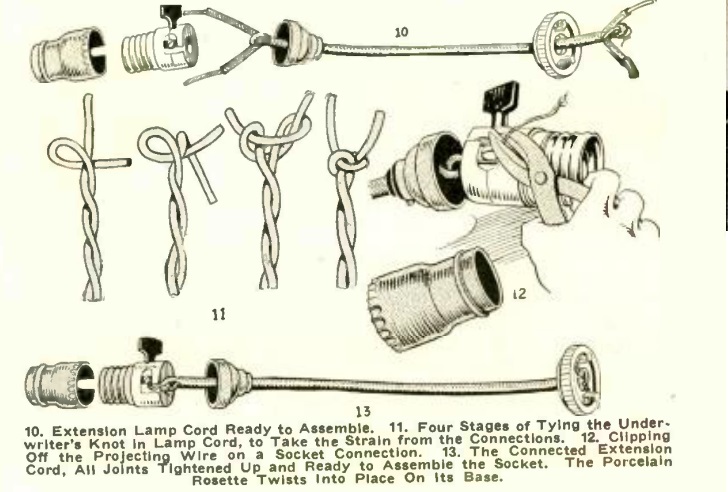 One hundred years ago this month, the July 1920 issue of Electrical Experimenter introduced its readers to a new concept, namely, something known as the “extension cord.” The magazine noted that the extension cord was one of the handiest little articles around the electrically lighted home, and the it was naturally one of the first things wanted.
One hundred years ago this month, the July 1920 issue of Electrical Experimenter introduced its readers to a new concept, namely, something known as the “extension cord.” The magazine noted that the extension cord was one of the handiest little articles around the electrically lighted home, and the it was naturally one of the first things wanted.
The article gave detailed instructions on how to put together an extension cord, and stressed the importance of using all new components for the plug, socket, and wire. It warned that house wiring needed to be kept 2-1/2 inches from other wires, and at least a half inch from any surface. In the extension cord, the wires would be in close proximity, separated only by combustible cotton insulation. Therefore, only the very best new materials should be used. As for the length, the magazine suggested that 25 feet would be suitable for most purposes.

 The modern reader will note that the ends are what we would call today light sockets. Most household electrical devices of the time were wired with a plug identical to that of a light bulb. The traditional two-prong socket came later.
The modern reader will note that the ends are what we would call today light sockets. Most household electrical devices of the time were wired with a plug identical to that of a light bulb. The traditional two-prong socket came later.
For those wishing to save some work, extension cords are now readily available, and with the proper plugs. The one shown at left includes three USB ports. If you want to recreate the 1920 cord, I wasn’t able to find one off the shelf. However, it’s an easy matter of combining the cord shown at right and one of the the handy converters shown below.

Many savvy travelers toss one of the converters on the left into their suitcase. It almost always guarantees an extra electrical outlet in a hotel room.
Some links on this page are affiliate links, meaning that this site earns a small commission if you make a purchase after clicking on the link.
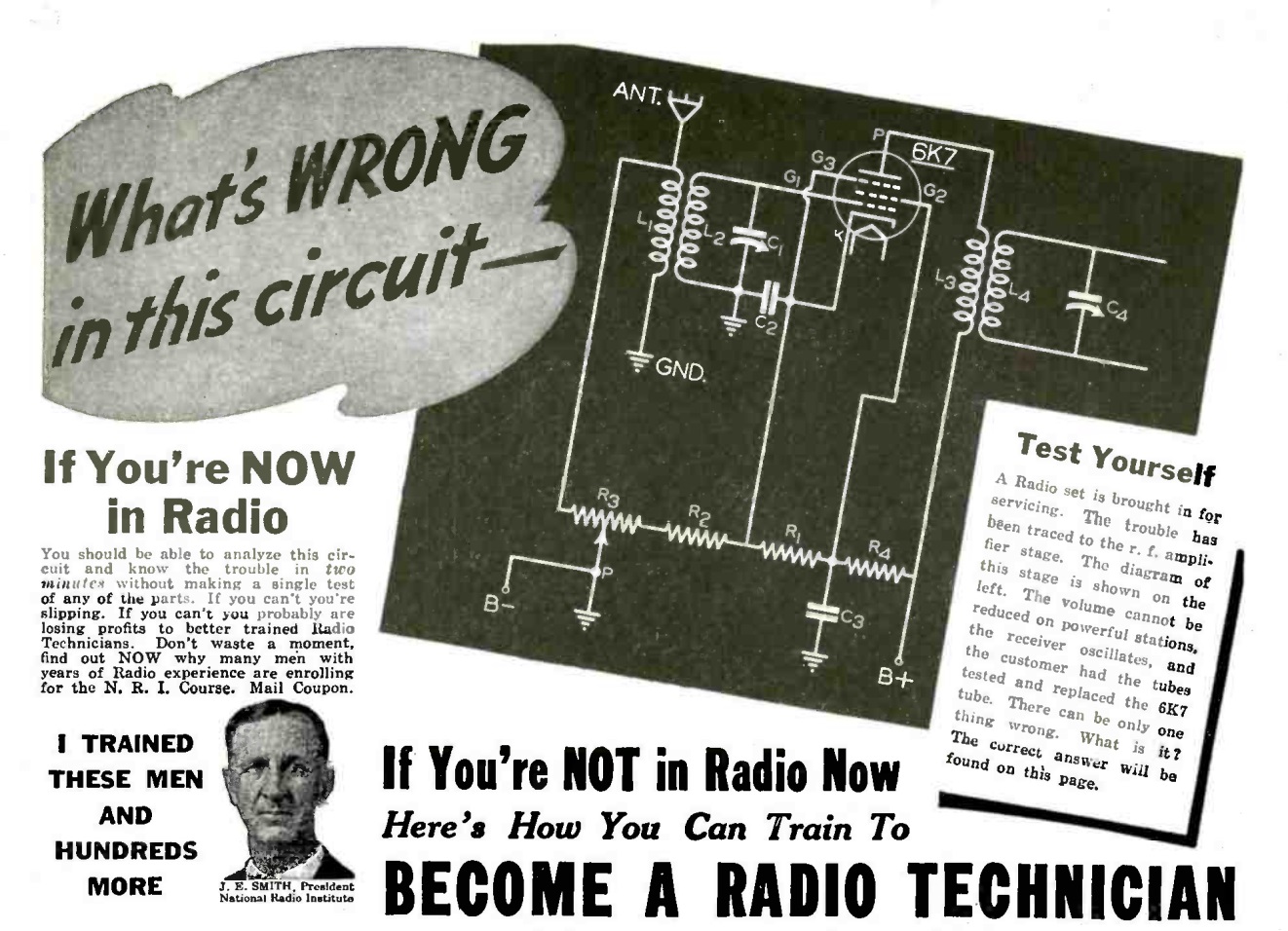 Yesterday, we posted this quiz from the July 1940 issue of Radio Craft magazine. Based upon the symptoms shown, what was wrong with the radio? As promised, here’s the answer: R1 is open. Here’s a more complete explanation:
Yesterday, we posted this quiz from the July 1940 issue of Radio Craft magazine. Based upon the symptoms shown, what was wrong with the radio? As promised, here’s the answer: R1 is open. Here’s a more complete explanation:

